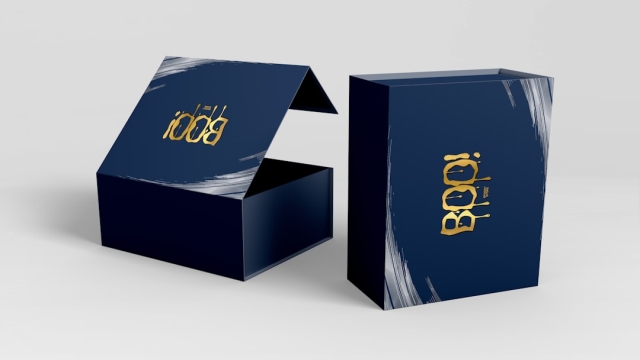In the competitive landscape of business, packaging plays a crucial role not only in protecting products but also in enhancing brand image and optimizing operational efficiency. Companies are increasingly recognizing that effective packaging strategies can contribute significantly to cost reduction and sustainability efforts. As organizations strive for packaging efficiency improvements, it becomes essential to explore best practices, innovative technologies, and real-world examples that can provide actionable insights.
Best Practices for Streamlining Packaging Processes
To achieve significant packaging efficiency improvements, companies must first assess their current packaging processes. Here are some best practices to consider:
Optimize Material Usage
One of the most effective ways to enhance packaging efficiency is by optimizing the materials used. This involves selecting the right materials that provide adequate protection while minimizing excess weight and volume. Lightweight and thinner materials can reduce shipping costs and environmental impact without compromising product safety.
Reduce Waste
Implementing strategies to reduce waste in packaging processes is paramount. This can include re-evaluating packaging designs to eliminate unnecessary components or utilizing recyclable and biodegradable materials. By focusing on waste reduction, companies can not only lower costs but also align with sustainability goals that resonate with consumers.
Standardize Packaging Sizes
Standardizing packaging sizes can lead to easier inventory management and improved storage efficiency. When products are consistently packaged, it simplifies the logistics of storage and transportation, ultimately leading to enhanced operational efficiency. This practice allows businesses to maximize space and reduce the frequency of restocking.
Innovative Technologies for Packaging Efficiency
In addition to best practices, innovative technologies can significantly contribute to packaging efficiency improvements. By embracing advancements, businesses can streamline their processes and enhance productivity.
Automated Packing Systems
Automated packing systems have revolutionized the packaging industry by increasing speed and accuracy. These systems can handle various packaging tasks, from filling and sealing to labeling and palletizing, with minimal human intervention. Automation not only speeds up the packing process but also reduces the likelihood of errors, leading to further cost savings.
Eco-Friendly Materials
As sustainability becomes a priority for many organizations, the use of eco-friendly materials is gaining traction. Biodegradable films, compostable packaging, and recycled materials are becoming more accessible and cost-effective. Companies that integrate these materials into their packaging strategies can appeal to environmentally-conscious consumers while simultaneously achieving packaging efficiency improvements.
Case Studies on Successful Packaging Improvements
Examining real-world examples of successful packaging enhancements can provide valuable insights for businesses looking to implement similar strategies. Below are a couple of notable case studies:
Case Study: Beverage Company
A leading beverage company recognized the need to enhance its packaging processes to reduce costs and improve sustainability. By reevaluating its material choices and transitioning to lightweight bottles, the company achieved a 15% reduction in material costs. Additionally, the new design reduced transportation emissions, aligning with the company’s sustainability goals.
Case Study: E-Commerce Retailer
An e-commerce retailer faced challenges with excessive packaging waste and high shipping costs. By implementing automated packing systems and standardizing box sizes, the retailer improved packing efficiency by 30%. This not only reduced material costs but also enhanced customer satisfaction through improved delivery times.
In conclusion, packaging efficiency improvements are essential for companies aiming to reduce costs and enhance sustainability. By adopting best practices, leveraging innovative technologies, and learning from successful case studies, businesses can create more efficient packaging processes that benefit both their bottom line and the environment. For further insights into optimizing packaging solutions, consider exploring resources that focus specifically on effective packaging strategies.




